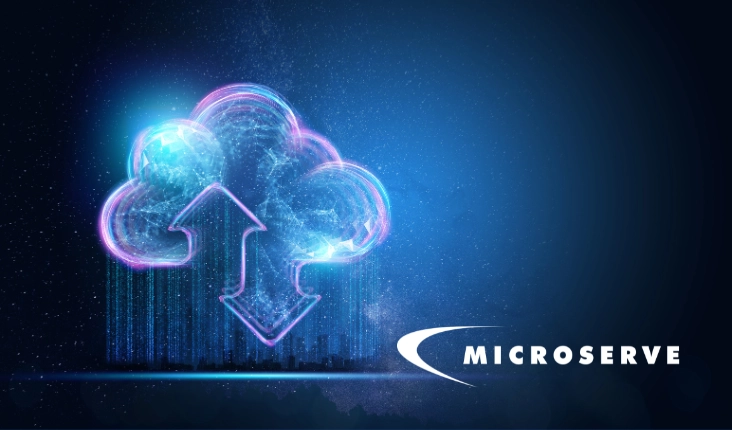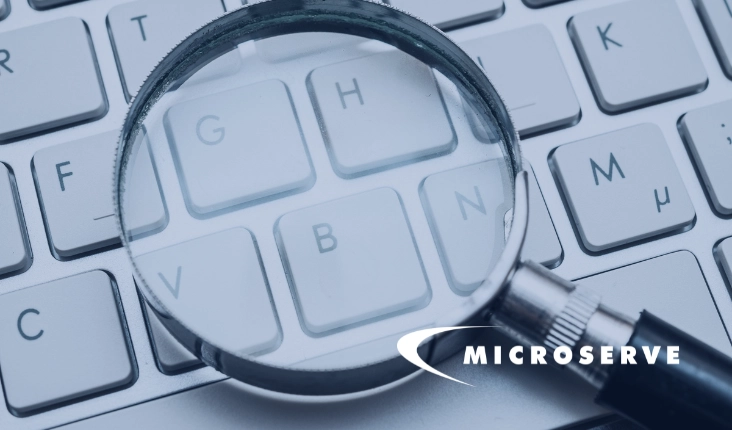One of the most important roles of an IT team is to ensure continuous business operations by maximizing uptime. Simply put, an IT team needs to confirm that systems are functioning as they should be to maximize employee productivity. The impact of downtime – both in terms of financial loss and missed opportunities – can be profound, especially when entire systems are down.
This article serves as a comprehensive guide to the IT strategies needed to maximize your system uptime, improve your employee’s productivity, and avoid unnecessary downtime that affects your efficiency.
Proactive Monitoring
Proactive monitoring involves the process of continuously surveying your infrastructure, applications, and systems to find issues before they become a larger problem. It helps to maintain the health and functionality of your systems and infrastructure.
By setting up a monitoring solution that triggers alerts, you’ll know when applications or infrastructure reach or pass a certain threshold. A well-designed monitoring solution is designed to catch issues, irregularities, or performance bottlenecks in real time, which helps your IT team resolve problems before they affect operations.

To maximize your uptime and productivity, you need to understand the state of your systems. Decide what you’d like to be alerted about and what you would consider “an anomaly”. You need to determine what you would consider “normal” and decide what each threshold is for your business and its needs.
For example, there are several alerts you can set up to proactively monitor your systems and applications, such as alerts about:
- Infrastructure utilization or application response times to help ensure uptime and productivity
- CPU utilization to reduce potential CPU bottlenecks
- High network latency to ensure proper communication between systems
- Backup failures to ensure data integrity.
Additionally, IT teams commonly rely on managed IT services to help proactively monitor and manage systems and infrastructure, as it can be a complicated, time-consuming process.
Incident Response Planning
While alerting is important, you also need to decide what you want to do with the alerts. A large volume of alerts can be overwhelming, but an incident response plan can help you decide how to proceed. An incident response plan helps ensure these alerts are processed and acted upon so you can get the most out of proactive monitoring.

First, you need to categorize the events by severity and importance to decide what issue to tackle first. Your incident response plan should also determine who should handle each type of incident. Many incident response plans will name a person or team that is the designated point of contact for various types of incidents. For example, your incident response plan may name a specific person to handle cybersecurity-related incidents with a high priority level.
Next, your incident response plan should include a detailed, step-by-step plan that addresses each type of incident. This should include the steps required to contain and eradicate the issue, which should ultimately prevent the problem from becoming a larger issue.
Additionally, the loss of critical data, like financial data or customer information, can be detrimental to your business. Your incident response plan should include a plan to recover systems or data in case of loss. It should outline how often data is backed up and where backups are stored. It should also outline how to recover systems to deal with issues such as hardware or software replacement or configuration.
Disaster Recovery Planning
While an incident response plan primarily focuses on the day-to-day operations of an organization, a disaster recovery plan takes a more serious approach to prepare for worst-case scenarios. Any major disaster – whether it’s a natural event, a cyberattack, or a system breakdown – has the potential to wipe out your systems and data. That’s why it’s essential to have a well-thought-out plan that outlines the step-by-step process to bounce back from such devastating situations.

Just like an incident response plan, a disaster recovery plan should include a disaster recovery team. This team consists of individuals or groups responsible for handling various aspects of the recovery process. Typically, a person or a team leads the effort by developing the plan and overseeing its implementation.
In addition, defining your disaster recovery objectives is a critical part of the plan. Recovery Time Objectives (RTOs) play a crucial role in this aspect. RTOs help determine the maximum acceptable downtime your business can handle while still meeting its operational goals. For example, you might discover that your organization can manage no more than an hour of system downtime before productivity is affected.
Regular Patch Management
Patch management is a crucial element in maintaining the reliability of your system. Routine patch management not only reduces performance degradation but also can help prevent system crashes and reduce software-related errors. Regular patch management goes a long way in enhancing your system’s overall reliability.

But it’s not just about reliability. Regular patch management can also boost your cyber resilience against attacks and can reduce downtime because security problems can cause significant operational delays. Proactively addressing vulnerabilities through patching reduces your chances of downtime resulting from security incidents.
Regular patch management also helps to enhance your system’s efficiency and reduce system slowdowns. Patches are often designed to improve the performance of your systems or software. Depending on the patch updates, the latest patch could be targeted to improve your operational efficiency or reduce bottlenecks.
Continuously Improve Systems to Maximize Uptime
As a final word of advice, the need for regular reviews and updates to these strategies is crucial. With the ever-evolving IT landscape, innovative technologies, threats, and vulnerabilities are emerging regularly. To support the effectiveness of your proactive monitoring, incident response planning, disaster recovery planning, and patch management processes, encourage a culture of continuous improvement.
And, as always, the experts at Microserve are ready to enhance and optimize your organization’s IT solutions. Whether you’re looking to establish a proactive monitoring system, create a robust disaster recovery plan, or are seeking top-tier IT managed services, our dedicated team is here to help you. Contact us today to get started on your journey towards IT efficiency.




